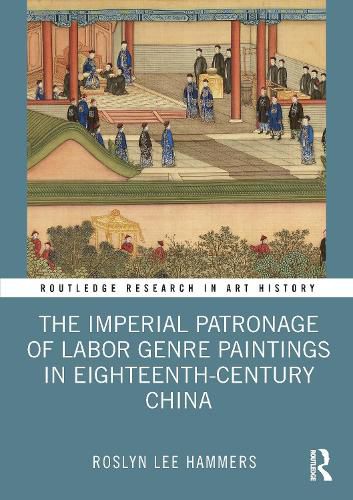Readings Newsletter
Become a Readings Member to make your shopping experience even easier.
Sign in or sign up for free!
You’re not far away from qualifying for FREE standard shipping within Australia
You’ve qualified for FREE standard shipping within Australia
The cart is loading…






This book examines the agrarian labor genre paintings based on the Pictures of Tilling and Weaving that were commissioned by successive Chinese emperors.
Furthermore, this book analyzes the genre’s imagery as well as the poems in their historical context and explains how the paintings contributed to distinctively cosmopolitan Qing imagery that also drew upon European visual styles. Roslyn Lee Hammers contends that technologically-informed imagery was not merely didactic imagery to teach viewers how to grow rice or produce silk. The Qing emperors invested in paintings of labor to substantiate the permanence of the dynasty and to promote the well-being of the people under Manchu governance. The book includes English translations of the poems of the Pictures of Tilling and Weaving as well as other documents that have not been brought together in translation.
The book will be of interest to scholars working in art history, Chinese history, Chinese studies, history of science and technology, book history, labor history, and Qing history.
$9.00 standard shipping within Australia
FREE standard shipping within Australia for orders over $100.00
Express & International shipping calculated at checkout
This book examines the agrarian labor genre paintings based on the Pictures of Tilling and Weaving that were commissioned by successive Chinese emperors.
Furthermore, this book analyzes the genre’s imagery as well as the poems in their historical context and explains how the paintings contributed to distinctively cosmopolitan Qing imagery that also drew upon European visual styles. Roslyn Lee Hammers contends that technologically-informed imagery was not merely didactic imagery to teach viewers how to grow rice or produce silk. The Qing emperors invested in paintings of labor to substantiate the permanence of the dynasty and to promote the well-being of the people under Manchu governance. The book includes English translations of the poems of the Pictures of Tilling and Weaving as well as other documents that have not been brought together in translation.
The book will be of interest to scholars working in art history, Chinese history, Chinese studies, history of science and technology, book history, labor history, and Qing history.